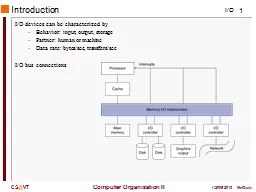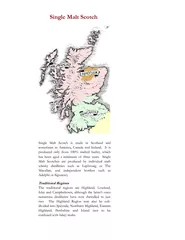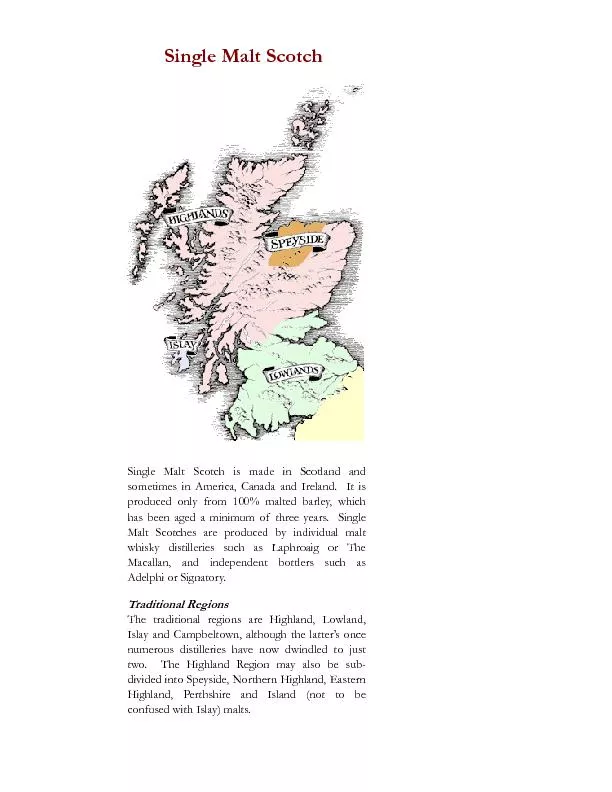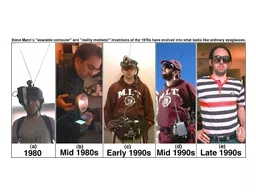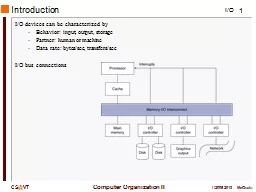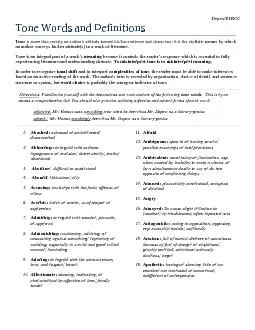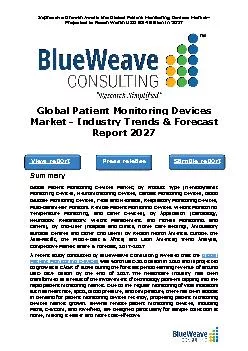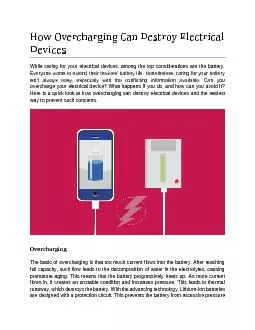PPT-Introduction I/O devices can be characterized by
Author : test | Published Date : 2018-11-24
Behavior input output storage Partner human or machine Data rate bytessec transferssec IO bus connections IO Device Summary IO System Characteristics Dependability
Presentation Embed Code
Download Presentation
Download Presentation The PPT/PDF document "Introduction I/O devices can be characte..." is the property of its rightful owner. Permission is granted to download and print the materials on this website for personal, non-commercial use only, and to display it on your personal computer provided you do not modify the materials and that you retain all copyright notices contained in the materials. By downloading content from our website, you accept the terms of this agreement.
Introduction I/O devices can be characterized by: Transcript
Download Rules Of Document
"Introduction I/O devices can be characterized by"The content belongs to its owner. You may download and print it for personal use, without modification, and keep all copyright notices. By downloading, you agree to these terms.
Related Documents

